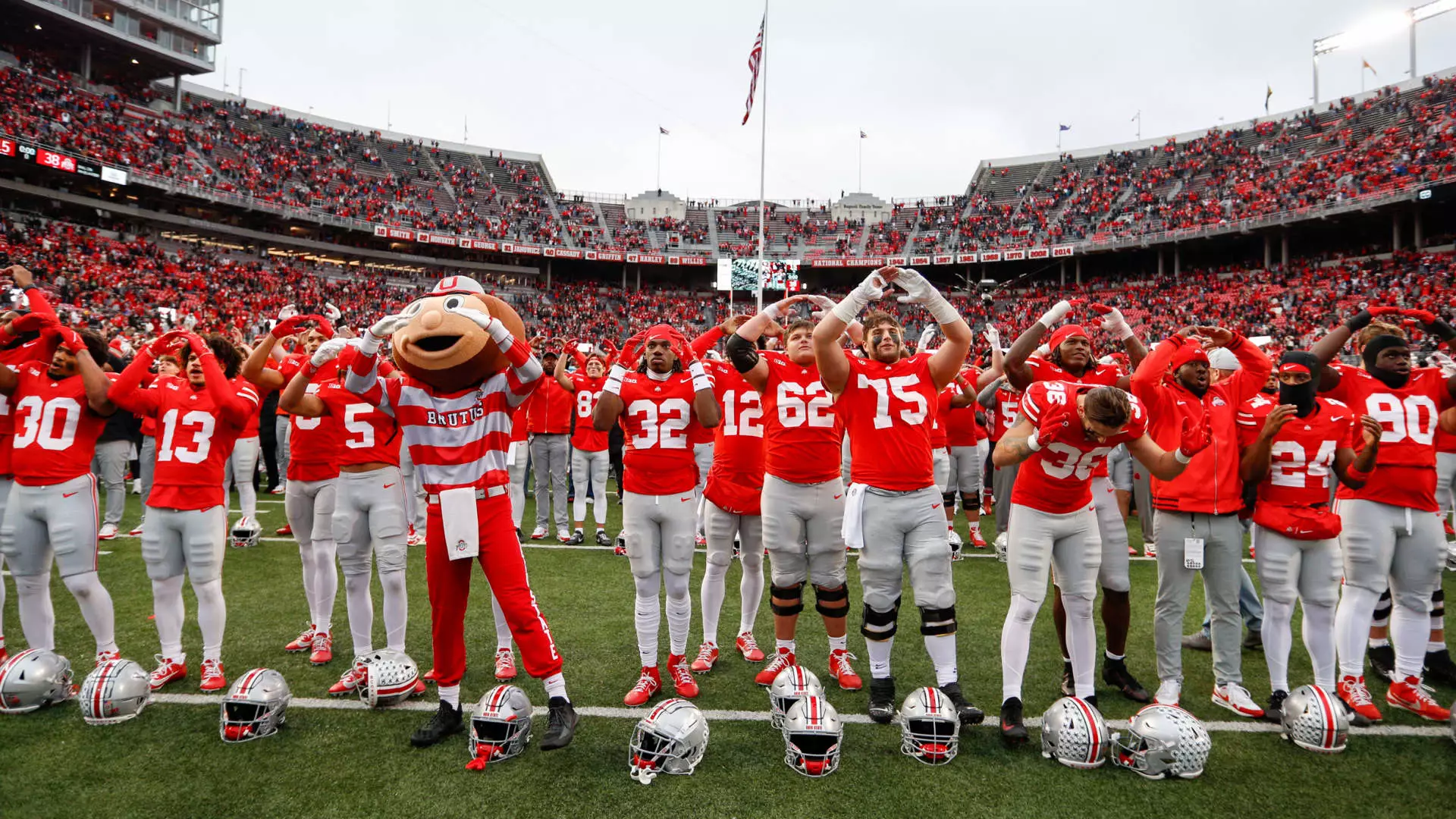In the realm of sports, few industries rival the financial prowess of major college athletics. As these programs continue to draw lucrative television deals, significant sponsorship revenues, and substantial ticket sales, the question arises: what exactly constitutes the worth of a college sports program? CNBC recently took a deep dive into this topic, seeking insights from private equity investors interested in capitalizing on the lucrative college sports sector. In doing so, they unveiled rankings of the 75 most valuable college athletic programs in the NCAA Football Bowl Subdivision (FBS), shedding light on the unique economics of college sports.
The sheer scale of revenue generated by college sports is staggering, with top programs yielding billions annually. This immense financial influx prompts private investors to explore opportunities within this sector. Indeed, Ohio State University emerges as the crown jewel in this landscape, boasting an estimated valuation of $1.27 billion. What elevates Ohio State’s program above the rest? Several critical factors contribute to this remarkable financial status.
First and foremost, revenue generation sits at the heart of Ohio State’s impressive valuation. For instance, in 2023 alone, the Buckeyes accrued $280 million in total revenue— the highest among all NCAA FBS institutions. Furthermore, an extensive and engaged alumni network surpassing 600,000 combined with an enthusiastic fan base of over 11 million enhances the revenue potential significantly. Additionally, the generosity of donors cannot be overlooked; in the previous year, boosters contributed nearly $60 million. Consistently high attendance figures—often exceeding 100,000 per game—underscore the Buckeyes’ ability to attract fans, which, in turn, boosts merchandise sales, concessions, and overall program revenue.
The economic landscape of college sports is not devoid of complexity; conference affiliations significantly impact program valuations. The dominance of the Southeastern Conference (SEC) and the Big Ten illustrates this point vividly. Collectively valued at $13.3 billion and $13.2 billion respectively, these conferences rely on lucrative media rights deals that inflate the worth of their member institutions. In comparison, the Atlantic Coast Conference (ACC) and Big 12 are valued at $9.6 billion and $6.7 billion respectively, demonstrating how market dynamics can influence fiscal health.
Such disparities raise questions about the sustainability of certain programs, as those in less profitable conferences might struggle to keep pace with their more affluent counterparts. Schools must be strategic in their networking and leveraging of resources to remain competitive. This situation accentuates the necessity for comprehensive investment in athletic programs, as visibility through performance can lead to heightened financial opportunities, particularly with regard to broadcasting rights.
The assessment of college athletic programs is not simply a matter of analyzing revenue streams. According to Jason Belzer, a seasoned authority in the field, a broad spectrum of variables contributes to the overall enterprise valuation of these programs. By utilizing a mixture of base revenue multiples and adjustments focused on aspects like conference affiliation, participation in name, image, and likeness (NIL) deals, institutional subsidies, and alumni strength, a more nuanced understanding of a program’s financial landscape can be achieved.
Additionally, factors such as potential growth and development in revenue generation play a critical role in establishing a program’s future viability. Collaborating with industry experts further enhances the valuation process, allowing for a more informed assessment that remains reflective of the ever-evolving dynamics of collegiate athletics.
As college sports continue to evolve, the implications of valuation will extend beyond mere financial metrics. The interconnection between college athletics and broader market trends will likely shape how programs are financed and sustained in the future. With a growing emphasis on private equity investment, institutions must navigate this evolving landscape skillfully, ensuring they maximize their operations while keeping the essence of college sports intact. Ultimately, the intersection of passion, revenue, and community engagement will not only determine the worth of a college athletic program but also define its legacy in the years to come.

